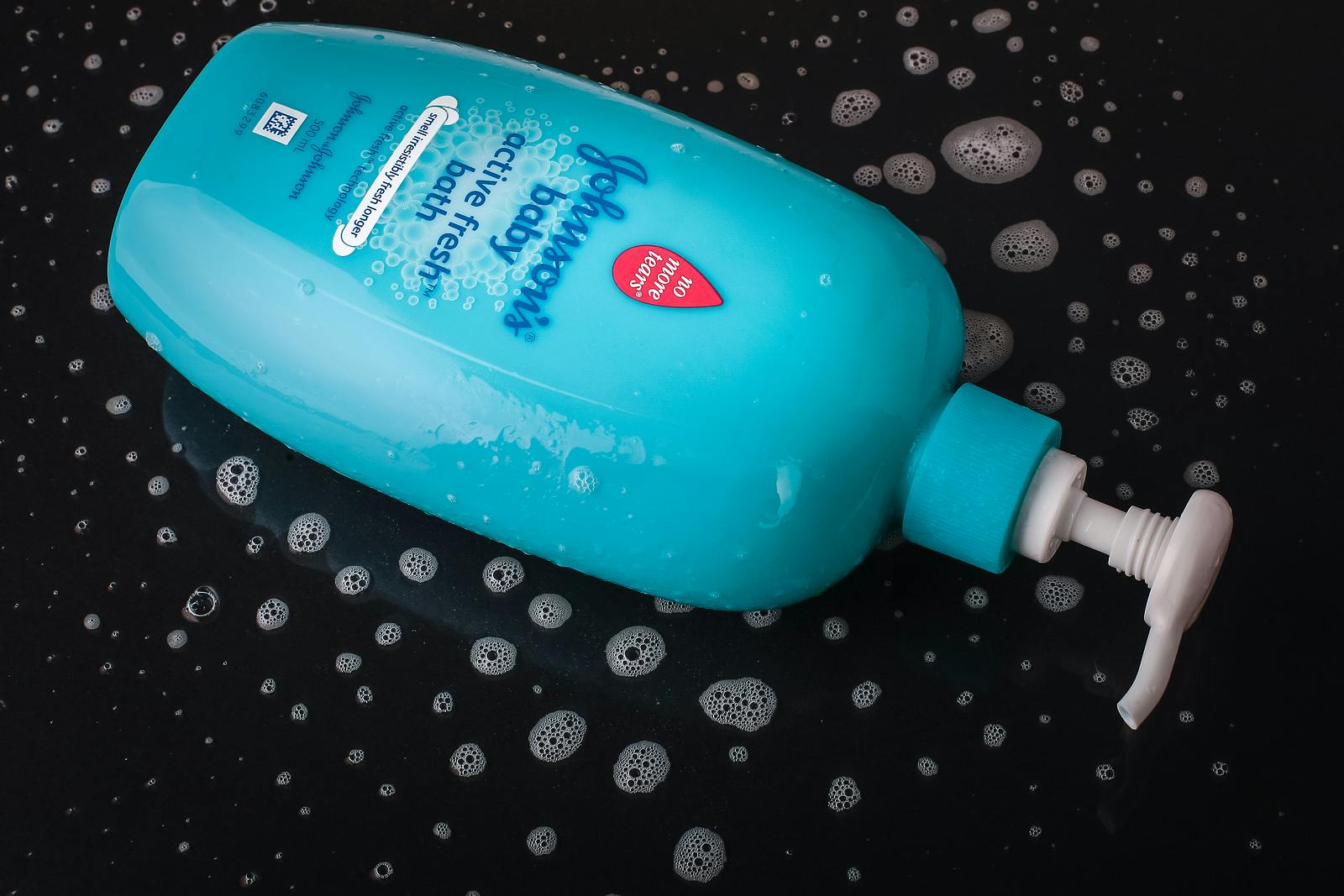There’s an un-level playing field in the war for talent today, as employers face a rising competitor: flexible work arrangements offered via the gig economy. The U.S. Bureau of Labor Statistics as well as workforce analysts like Ardent Partners and Staffing Industry Analysts predict that anywhere from 40-50 percent of the total workforce will be comprised of flexible labor by 2020. People can find work in more ways than ever and they are embracing the flexibility opportunities like never before.
What does this mean for today’s employers? The already narrow pool of talent available for full-time hire is shrinking. Research shows that the top 10 percent of candidates are often gone from the marketplace within 10 days. How can employers engage these candidates when their attention is split amongst the many opportunities and possibilities of the gig economy? While there are many ways to better attract and retain employees on a tactical level, there is no more powerful business strategy than cultivating a strong employer brand.
The most successful companies strategically build and manage their employer brand, or its reputation and value proposition to employees. Its impact on an organization is significant: it can help attract top talent and then allow those candidates to self-assess for fit within your company, which increases employee retention and engagement rates over time.
Inside an organization, no two teams benefit from — and influence — the employer brand more than HR and Marketing. They must come together to become partners dedicated to engaging talent with tremendous options (thanks to that gig economy) in new, strategic, and thoughtful ways.
For HR leaders, a strong employer brand can attract a higher caliber of candidates and develop a loyal talent community that serves as advocates for your company. This is incredibly important in our current era of transparency, where sites like LinkedIn and Glassdoor give prospective candidates unfiltered access to information and a way to communicate directly with current employees.
HR provides marketers with access to key intelligence — talent needs, benefits, turnover, retention, satisfaction — that will allow them to build and communicate the employer brand. Apart from prospective employees, the employer brand also influences others who interact with an organization, including prospective and current clients, partners, and investors.
There are three ways for HR and Marketing to work together to strengthen the employer brand and ensure it is communicated effectively.
Set a Plan Together
While each team has its own unique initiatives and goals around the employer brand, collaborating upfront on what those are and where they might intersect will create a healthy partnership from the start. Consider asking how the following strategies could impact each team’s tactics to support them.
- Employer value proposition — How are we positioning our employer brand in the minds of today’s talent?
- Employer brand KPIs — How are our efforts performing with external and internal audiences?
- Employee segmentation — Who should serve as a model for ideal candidates?
- Candidate segmentation — Are our recruitment marketing methods attracting the right-fit talent?
- Career sites, job advertisements, social media channels, etc. — How is our research and planning going to come to life?
- Employer reviews — How will we combat negative reviews and propel positive ones?
Invest in the Right Tools
Talent acquisition solutions made for brand creation and management (see our full ecosystem to view all employer branding tools) like the following may just be the best investment HR and Marketing make together for employer branding.
- Universum Global use top universities, alumni groups, and professional organizations to gather intel from students and professionals to advise employers on how to best attract and retain talent that fits their culture and purpose. Its advisory solutions offer insight today’s employers need to remain competitive.
- The Muse is an online career resource that offers job listings, company profiles, expert advice, skills-building resources, and coaching services to job seekers. For companies looking to hire top talent, it provides another way to share their unique stories and promote their brands to a highly engaged group of prospective candidates.
Introducing a new technology or strategic partner to both teams at the same time is a great move because no one department has the advantage over another, putting them both in the same position to learn and grow together.
Clarify Existing Roles and Develop New Ones
While we’re recommending boundaries between the two departments be eliminated, it’s still smart to define each department’s responsibility within this newfound collaboration. Designate team leads and use internal communication and project management tools to communicate who is doing what.
Some forward-thinking companies have begun to create new roles to help further define and establish the employer brand. Both technology giant CA and Johnson & Johnson have created these roles within the HR team (head of employer branding and head of candidate experience, respectively), while NBCUniversal has a talent branding specialist who sits within Marketing.
Taking these three steps will help establish a collaborative relationship between HR and Marketing as it relates to the employer brand, and create stronger pipeline.
